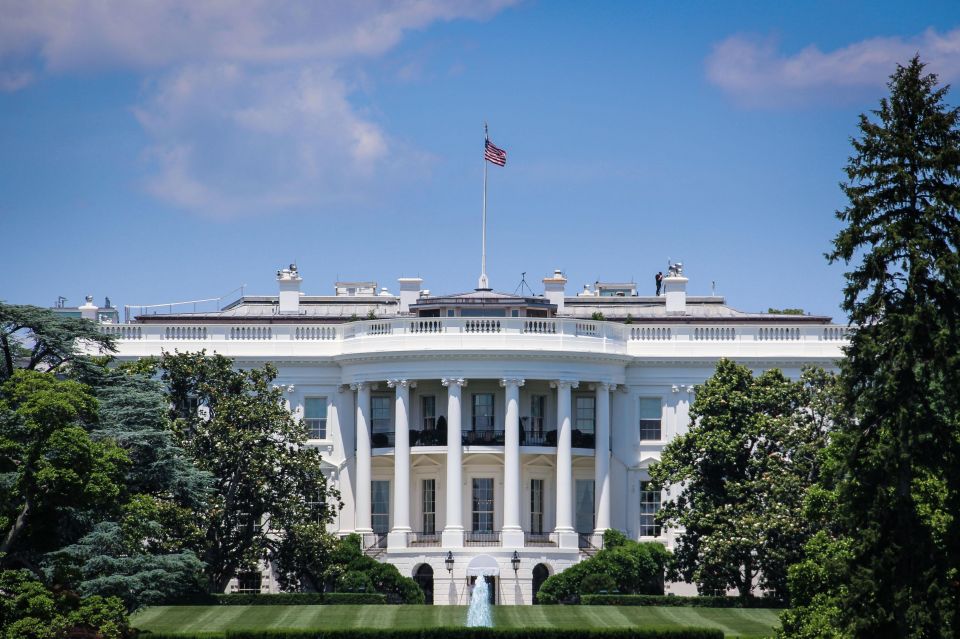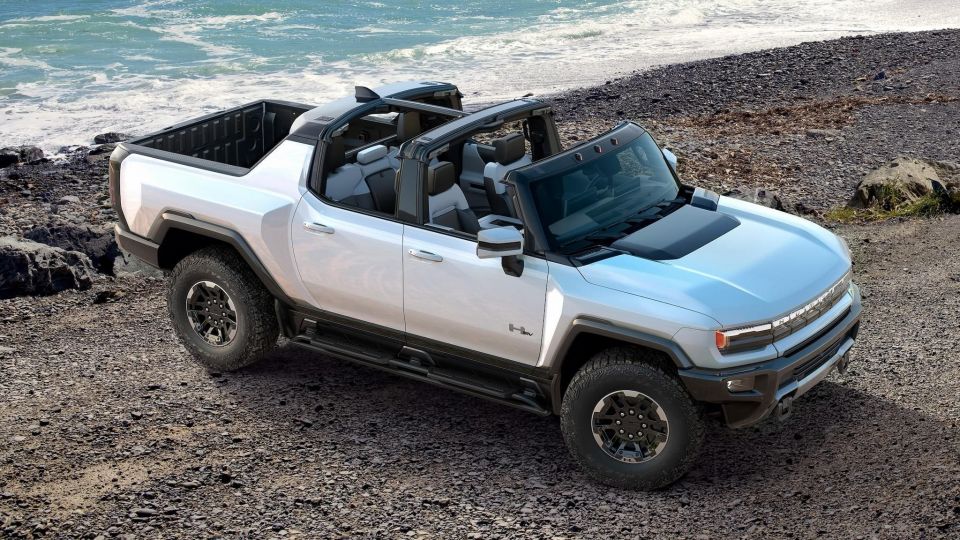

Damion Smy
Boxy new KGM Musso unveiled to take on HiLux and Ranger ahead of Australian launch
10 Hours Ago
The US wants to accelerate the adoption of EVs, PHEVs and FCEVs, but a large portion of the funding required has yet to be approved.

Journalist


Journalist
Sick of being outdone by Europe and China, the USA wants to spend billions to encourage the manufacture, purchase and use of electrified vehicles.
US President Joe Biden will sign an executive order setting a target for the US to have electrified vehicles – full EV, plug-in hybrid, and hydrogen fuel cell – account for 50 per cent of new car sales by 2030.
The order won’t be binding or carry a financial penalty if automakers fail to achieve the goal. Instead the administration will use other levers at its disposal to try to hit the mark.

This includes building out charging infrastructure across the country to encourage take-up of plug-in hybrid and pure electric cars.
Democratic and Republican senators recently agreed to a bipartisan infrastructure deal, which includes US$7.5 billion ($10.2 billion) in funding for electric charging stations.
Estimates about how many chargers that amount could fund vary dramatically depending on how the number of faster chargers involved.
In all likelihood, it would fall well short of President Biden’s stated target of 500,000 charging stations.

To hit that goal, as well as hit the 50 per cent sales mark, the Democratic Party will need all their votes to pass a larger US$3.5 trillion ($4.7 trillion) infrastructure budget plan, which includes US$174 billion ($236 billion) earmarked to help speed the transition to EVs.
A large portion of that money will go towards sales rebates and tax incentives.
One mooted plan is to increase the federal income tax credit from US$7500 to between US$10,000 and US$12,000 for EV purchases, as well as remove the 200,000 vehicle cap per manufacturer.
Both GM and Tesla have already sold more than 200,000 EVs and PHEVs, so their vehicles no longer qualify. Newer vehicles, such as the Ford Mustang Mach-E, are still eligible.

Money will also be used to fund the “creation of a clean energy accelerator, and other loan and investment programs”, and more cash to build EV charging infrastructure.
The government will also spend up big to electrify its fleet, including electric vans for the postal service, and help cities buy electric buses for transit services and school systems.
Mr Biden has instructed federal agencies to tighten fuel economy standards that were loosened under the Trump regime.
At present, EVs account for just under two per cent of new car sales in the US. The numbers might swing dramatically upwards if the electric Ford F-150 Lightning, GMC Hummer, Rivian R1T, and their SUV siblings prove to be a hit.
With its new focus on improving fuel economy and driving sales of electrified vehicles, the administration is hoping to cut greenhouse gas emissions from new cars by 60 per cent by 2030.
The Biden Administration’s wider target is to reduce the country’s greenhouse gas emissions to around 50 per cent of 2005 levels by 2030.

Ford, GM and Stellantis have came out strongly in favour of the new plan, with the three “domestic” car makers pledging to “achieve sales of 40 to 50 per cent of annual US volumes of electric vehicles (battery electric, fuel cell and plug-in hybrid vehicles) by 2030”.
Today’s announcement has also been praised by a group of automakers — including BMW, Ford, Honda, Volkswagen and Volvo — which backed California’s right to set its own emissions standards in defiance of the previous Trump administration.
Cover image: The White House by David Zimmerman via Flickr, Creative Commons 2.0 licence
Derek Fung would love to tell you about his multiple degrees, but he's too busy writing up some news right now. In his spare time Derek loves chasing automotive rabbits down the hole. Based in New York, New York, Derek loves to travel and is very much a window not an aisle person.


Damion Smy
10 Hours Ago


Damion Smy
11 Hours Ago


Damion Smy
13 Hours Ago


Damion Smy
14 Hours Ago


Damion Smy
16 Hours Ago


Damion Smy
17 Hours Ago